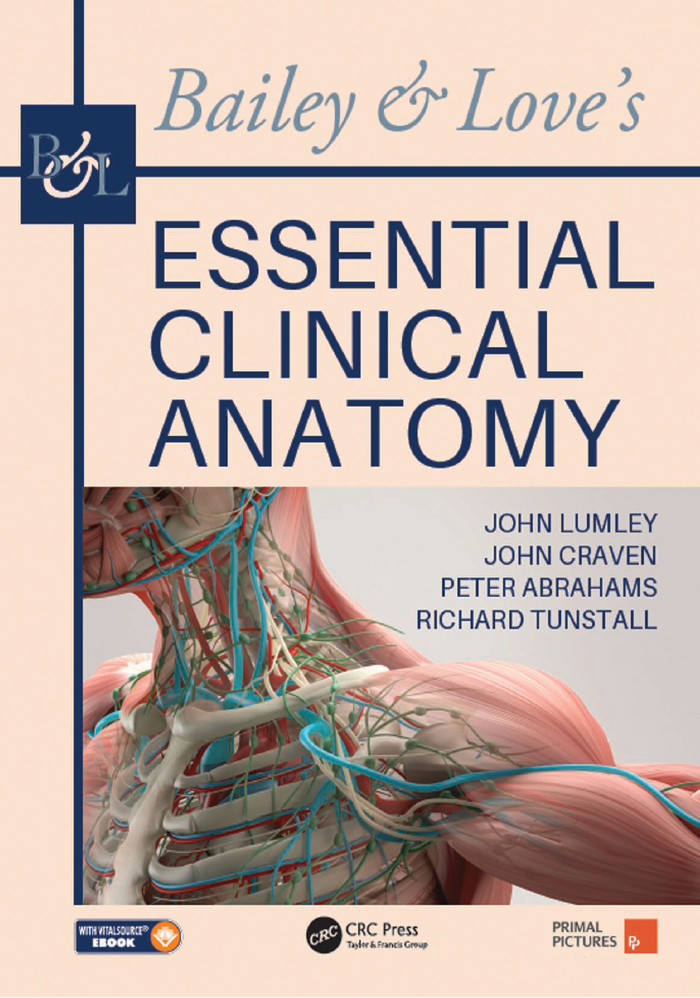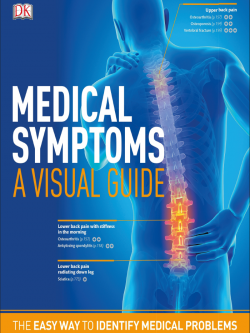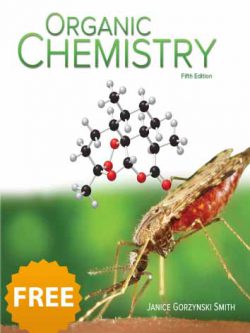Description
The expansion and integration of disciplines within the medical curriculum has reduced time for anatomy teaching, particularly for human dissection, but has not reduced its vital importance. While surgeons need to know the detailed anatomy in their operating feld, knowledge of the anatomy that underlies every clinical examination and every radiological/medical image is an essential component of everyday clinical practice.
This text provides a comprehensive cover of most normal and abnormal living anatomy, essential for students across the world. It addresses the knowledge and skills laid down by the General Medical Council (GMC) and the American Association of Clinical Anatomists (AACA; ‘A clinical anatomy curriculum for the medical student of the 21st century: gross anatomy’, Clinical Anatomy 1996;9:71–۹۹; see also Smith et al., ‘The Anatomical Society core regional anatomy syllabus for undergraduate medicine’, Journal of Anatomy
2016;228:15–۲۳).
The regional approach followed corresponds to a typical clinical examination. The nervous system is included, rather than being covered in an additional text; also included is embryology in suffcient detail to explain many common congenital abnormalities. Wherever possible, information, such as muscle attachments, is tabulated and clinical information is highlighted. The extensive number of illustrations include surface anatomy, coloured labelled diagrams, dissections, a wide range of radiological, laparoscopic and endoscopic images, and clinical pictures of common diseases. A comprehensive index facilitates rapid location of the desired passages. Self-assessment material is included at the end of each chapter; these multiple choice questions (MCQs), single best answer (SBA) questions (used in the USA and also now more widely), extended matching questions (EMQs) and applied questions reflect styles of examination around the world. The answers and explanations can be found in the text, but additional material is included where appropriate. The authors bring a combined experience of over 150 years of anatomy teaching at all levels, and present this large volume of information in a palatable, interesting and understandable form, emphasizing its relevance to disease and clinical practice.





